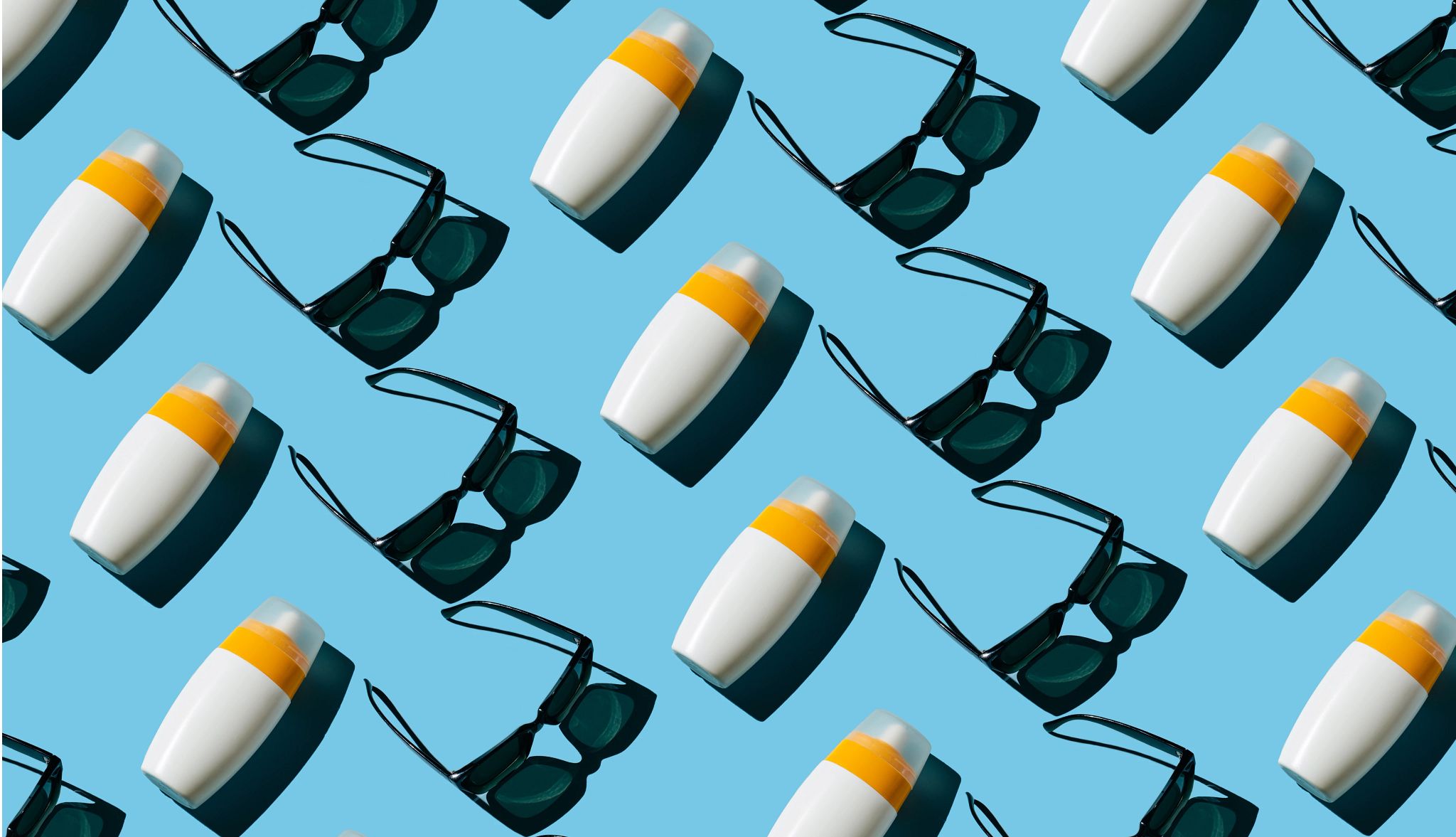AARP Hearing Center


Many older adults can recall a time when it was fashionable to slather on baby oil and iodine to lie in the sun.
These days, those tanning rituals have largely been swapped for sunscreen, wide-brim hats and sun shirts. And for good reason: Studies show that regular use of sunscreen — along with other sun-protective measures — can significantly reduce the risk of skin cancer, including melanoma, the most dangerous type.
It’s estimated that 1 in 5 Americans will be diagnosed with skin cancer by the time they turn 70 — and the risk doesn’t stop there. In fact, skin cancer is more common in older adults, and a recent study published in the journal JAMA Dermatology found that skin cancer incidence is increasing in older individuals.
“That 60-plus population, I see a ton,” says Anthony Rossi, M.D., a dermatologist and Mohs surgeon at Memorial Sloan Kettering Cancer Center in New York.
Despite its proven benefits, sunscreen has come under fire in some corners of social media, leading some people to skip it altogether. Experts say this isn’t new; questions about sunscreen’s safety and effectiveness have surfaced before.
Here’s what you need to know about sunscreen and how to keep your skin safe as you age.
What does sunscreen do?
Simply put, sunscreen prevents ultraviolet (UV) rays from damaging the skin.
Our skin cells use melanin, a natural pigment, to shield the part of the cell where our DNA is stored from sun exposure, explains Kelly C. Nelson, M.D., a physician in the Department of Dermatology at the University of Texas MD Anderson Cancer Center in Houston.
Think about a suntan: “It’s the increased melanin that occurs in response to chronic UV exposure,” Nelson explains.
Still, melanin offers only a small amount of protection from UV rays, which is where sunscreen comes in.
Sunscreen works by either blocking UV rays from penetrating the skin, much like a shield — these are called physical blocker, or mineral, sunscreens — or by absorbing UV radiation (chemical sunscreens).
Both forms protect the skin from damage that could lead to cancer; they also protect or reduce “the aging of your skin from the sun,” Rossi says.


































































More From AARP
8 Most Common Skin Conditions After You Turn 70
Most older adults require treatment for at least one skin ailment
Tips for Keeping Your Skin Vibrant
Slow down wrinkles and keep skin looking vibrant45 Sun Protection Tips for People 50-Plus
45 ways to stay safe in the sun